Long-Distance Walking with your Dog
We advise how to prepare your dog for a long-distance walk and how the Canine Code applies.
Long-Distance Walking with your Dog
https://www.contours.co.uk/walking-with-your-dog
by Nicky Jacquiery
I myself don’t own a dog, and perhaps that’s why the number of people out walking the trails with their dogs stands out to me as on the increase. As more dogs join us in the countryside, it’s more important than ever for everyone, dog-walker or dog-free, to be aware of the rules laid out to help us coexist on the trails: the Dog Walking Code.
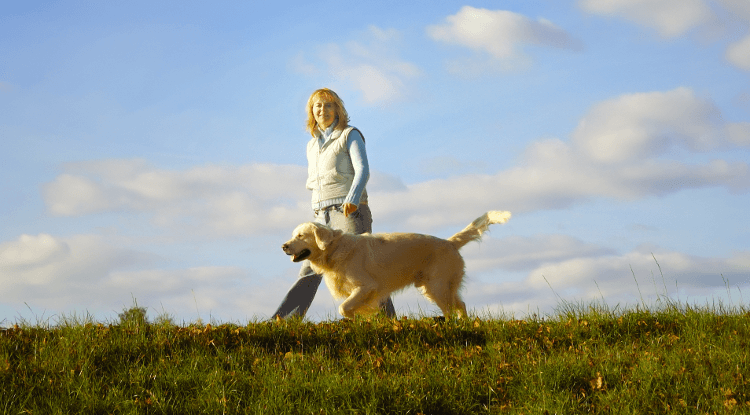
The Dog Walking Code is a simple guide developed by several organisations, including the Ramblers Association and the National Trust. Essentially, it is the responsibility of the dog owner to ensure their dog doesn’t cause problems for other walkers or livestock.
This means that dogs must always be under proper control. If you know your dog won’t close enough to remain in sight, or you are not confident they will respond to your command, you should keep your dog on a flexible lead. The advantage of a flexible lead is that it gives dogs the freedom to explore, but puts you in control, allowing the lead to be shortened to bring your dog back to you when needed.
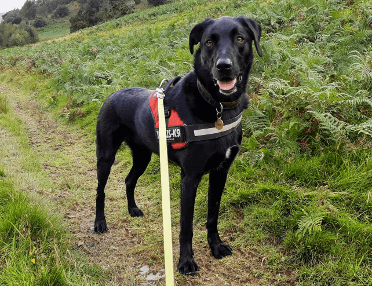
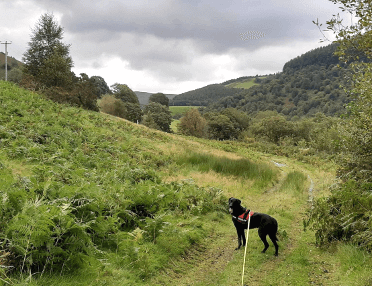
There are further important caveats:
Another reason to keep your dog on a lead is to prevent your dog straying into fields of crops or chasing and worrying livestock.
It is an offence to allow a dog to be at large in a field containing sheep.
A farmer is allowed to shoot your dog if it is worrying or about to worry livestock.
So, for the safety of you, your dog and the livestock, it is advisable to minimise the disturbance and the threat to livestock as much as possible.
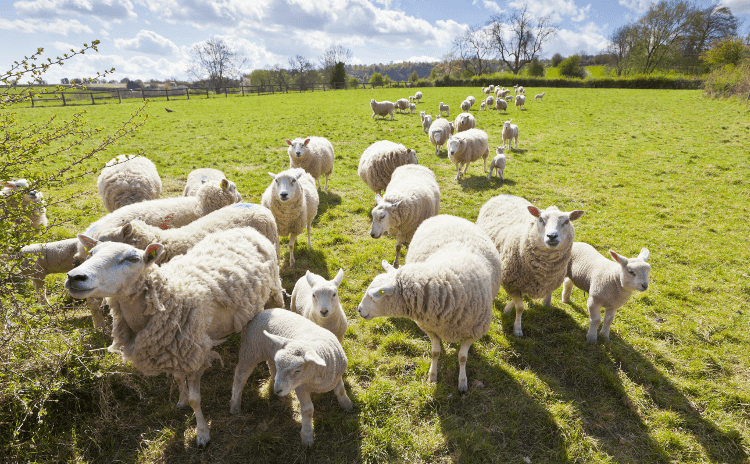
Whilst sheep and lambs will normally run away form a dog, other livestock, such as cows, can become aggressive.
On entering a field with livestock, the advice is to:
When on footpaths and rights of way, be aware of other people and other people’s dogs. Your dog can startle horse riders, cyclists, runners and walkers, and even other dogs can be caught unawares!
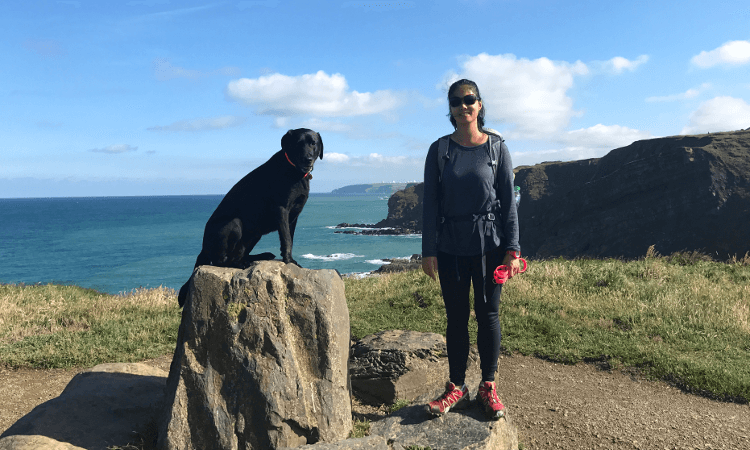
Some people are uncomfortable around dogs or even allergic to dogs, so don’t let your dog approach other people unless they are invited to do so.
Bear in mind that dogs are banned from some areas that people use, such as certain beaches in the summer months, so again it’s advisable to check for any local restrictions.
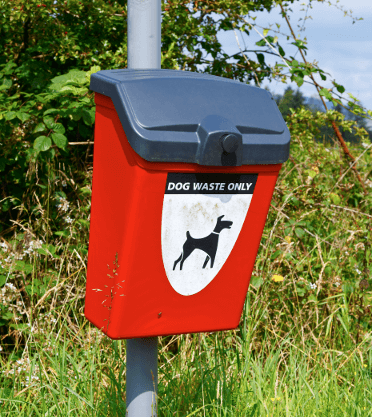
Always clean up your dog’s mess wherever you are, especially in areas where people walk. Make sure you place it in a designated waste bin, public bin or your bin at home.
Never leave bags of dog waste lying on the ground or tied to a tree. It’s amazing how many bags of dog waste I come across when I’m out walking. They were obviously left by dog owners who intended to pick them up later, but never did!
Clean up your dog’s mess in farmland too, as these areas are used for growing food for people and livestock.
It is now required by law to have your contact details engraved on your dog’s collar.
It’s also a legal requirement to have your dog microchipped.
These requirements are very much for your dog’s benefit. A huge amount of stress can be avoided if your contact details are present and up to date so that whoever finds your dog can contact you directly, and the microchip provides a valuable backup if your dog slips their collar.
It is advised to keep your dog’s vaccinations and worming up to date. Not only will this help to protect your dog from disease, it will look after the other animals around you on your walk.
It is worth mentioning what to do when faced with an aggressive dog, because although the majority of dogs are friendly, you may come across a dog on your walk that, through no fault of your own, behaves aggressively.
The RSPCA’s advice for dealing with an aggressive dog is straightforward.
If you are attacked:
If you’re out walking and you come across a dog that is intimidating, or worse, you’re bitten by a dog, you should always report it to the police and to the local highway authority.
Find your ideal self-guided dog-friendly walking holiday on our full list of dog-friendly trails, complete with an informative video about what to expect.